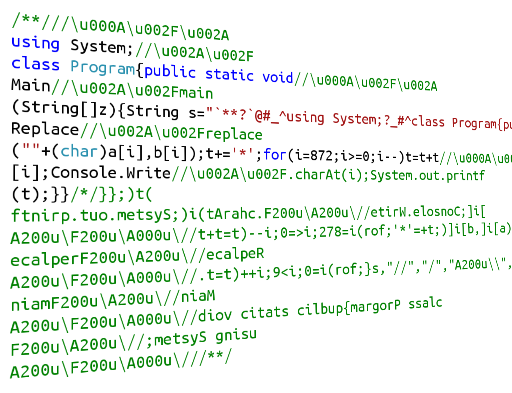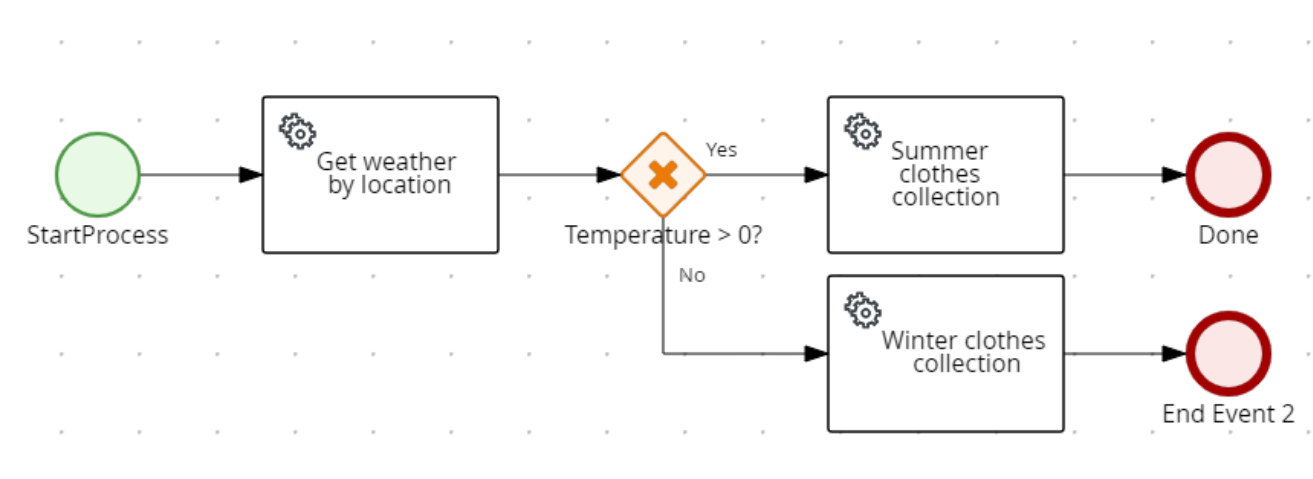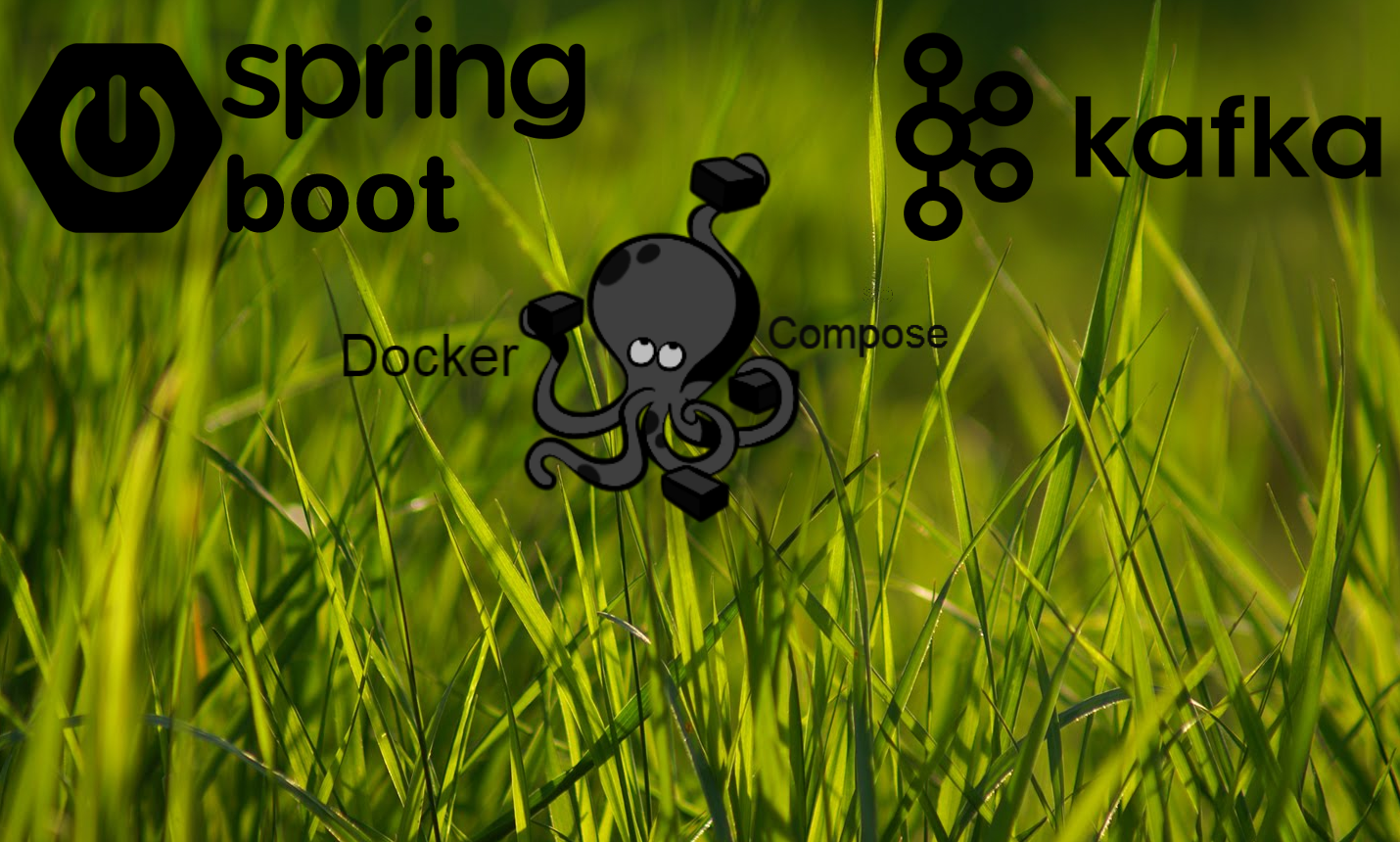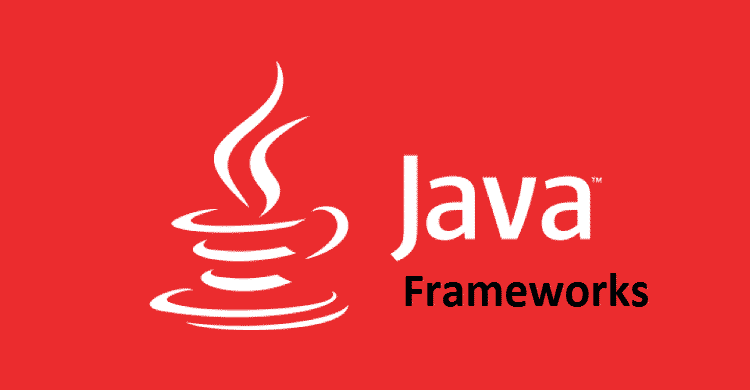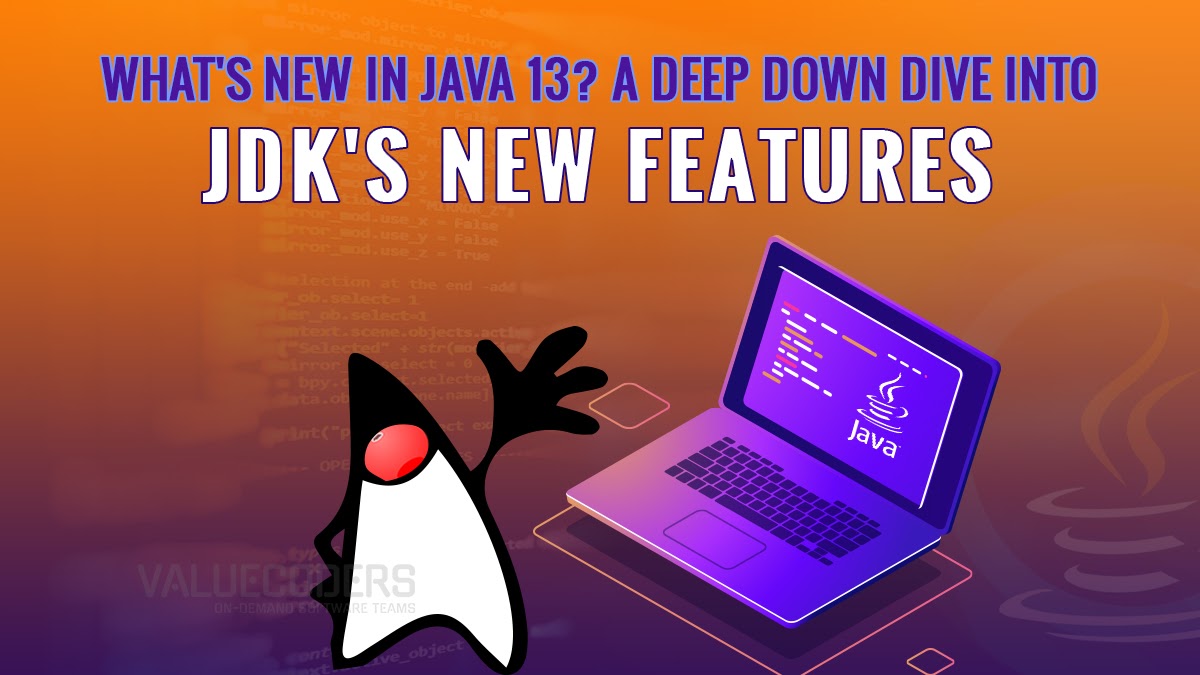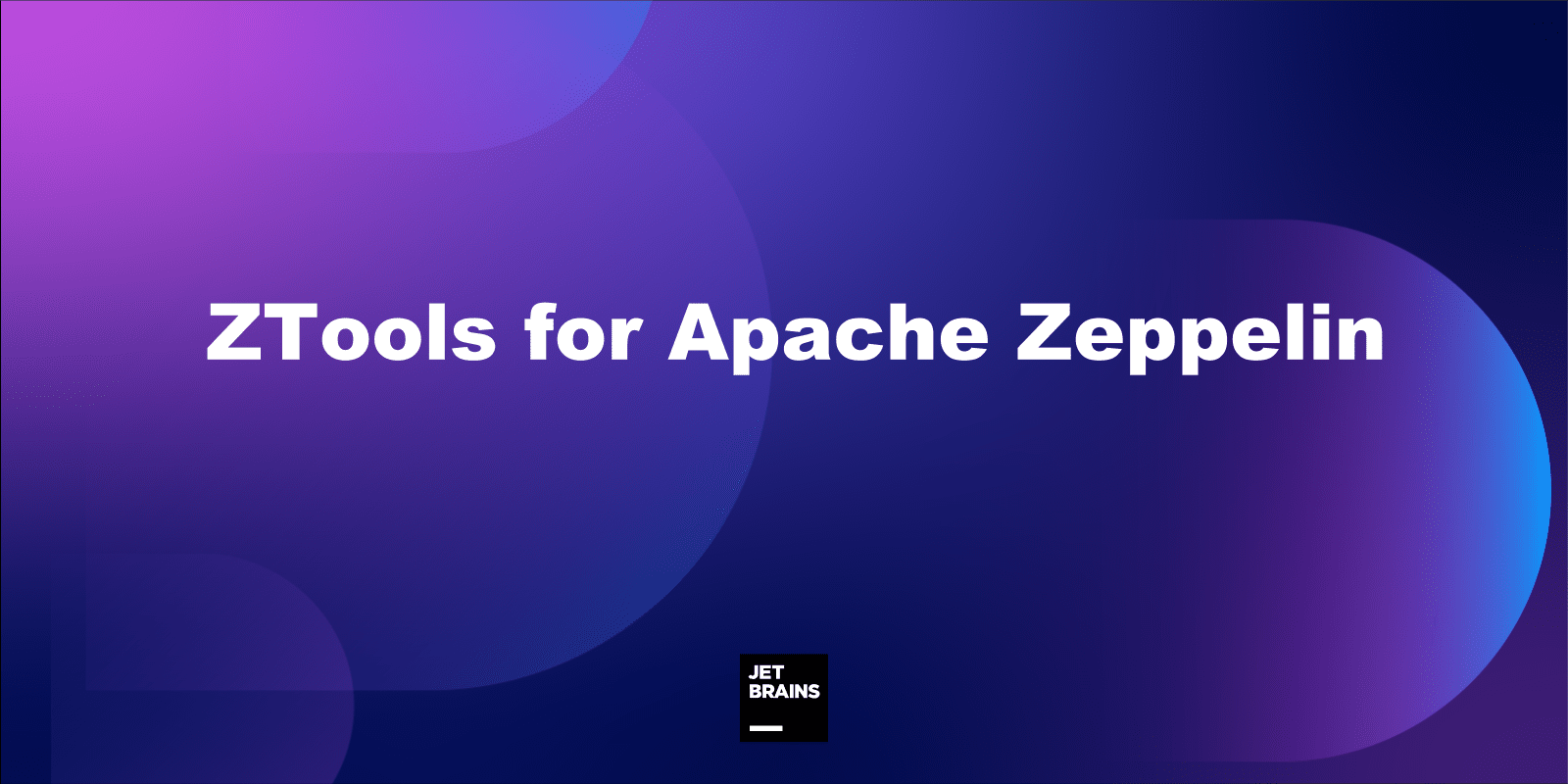
Zeppelin is a web-based notebook for data engineers that enables data-driven, interactive data analytics with Spark, Scala, and more.
The project recently reached version 0.9.0-preview2 and is being actively developed, but there are still many things to be implemented.
One such thing is an API for getting comprehensive information about what's going on inside the notebook. There is already an API that completely solves the problems of high-level notebook management, but it doesn’t help if you want to do anything more complex.

